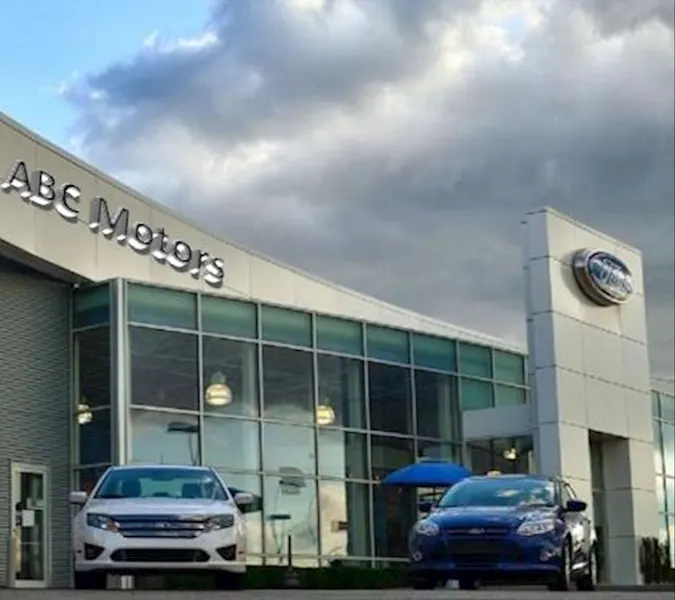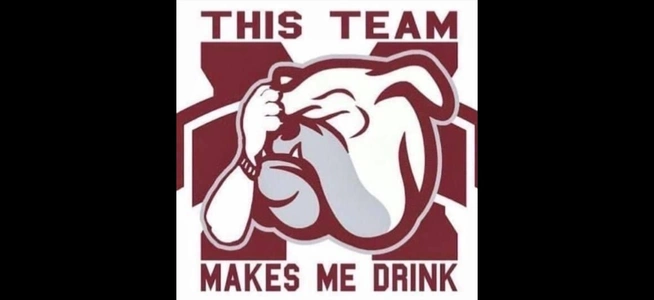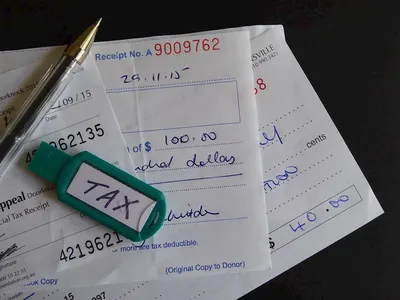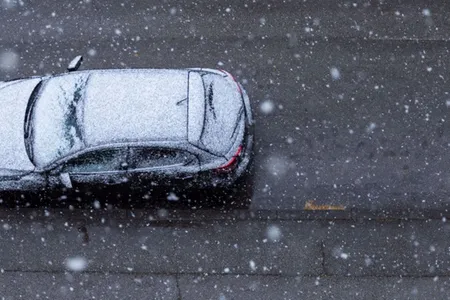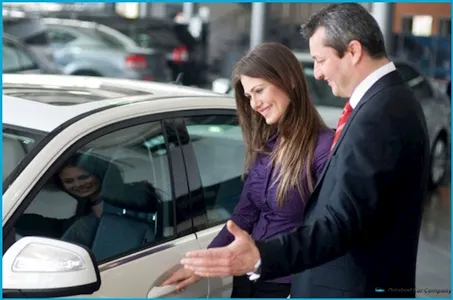Hurricane Harvey has been devastating on the residents of Houston and the surrounding areas. Many will return to discover that their cars were damaged by the flood waters and will hopefully be able to work with their insurance companies to replace them quickly. It is no surprise that these flooded cars will end up at salvage auctions in the region; many will be bought by rebuilders and sold on the used car market. These vehicles will be marked with a salvage or total-loss title, but there are many unscrupulous sellers that know how to hide the flood damage and even wash the titles so that they appear to be clear. Advertisement - Continue Reading Below Thousands of vehicles are already arriving at Insurance Auto Auction and Copart auction lots and soon enough they will be approved for sale to dismantlers, exporters, rebuilders, and, in some cases, even the general public, so it won’t be long before we see some of these cars back on the road. There are some guides out there on spotting flood damaged cars, but many are out of date and easily circumvented by modern rebuilders. But have no fear. Here are some tips that provide a much better method of spotting flood damage. History Reports Getty The first and easiest step to spotting a salvage car is to check the history based on the VIN. You’ll notice I did not call it a CarFax report because checking the history requires using multiple sources. The best place to start is the free national database from the National Insurance Crime Bureau . This database will tell you if a vehicle has been marked as salvage or stolen and allow you to eliminate it from your list before you spend money on any of the more detailed reports. If the VIN clears the NICB check, the next step is to run it through an NMVITS provider. Luckily, there is also a free option there through VehicleHistory.com which will tell you if the vehicle has been through a salvage auction along with some additional registration and sales data. Advertisement - Continue Reading Below Once you’ve run the VIN through free sources, then you should run it through CarFax and AutoCheck. Even though it can get costly to run these reports, I always recommend running both as each one has some unique data sources that can offer additional information. The best strategy is usually to buy the multiple report option which will let you check multiple vehicles at a discounted rate. You may also find that dealers will offer a free CarFax for vehicles on their lot. It might be free, but I prefer to run them for myself as they can often be outdated or at worst, incorrect. Inspection Even if a vehicle is clear on the reports, it doesn't mean that nothing happened to it. Many cars without comprehensive insurance coverage will never see an insurance adjustor or a salvage auction, so they will continue to keep their clear title. Owners may try to repair them or sell them to rebuilders who will look to flip them. That's what makes a pre-purchase inspection (PPI) so important. The traditional mindset to look for mud or rust on the car in order to spot flood damage does not always match with reality. This is due to the fact that a lot of the cars get partially cleaned up at the salvage auctions that they are carted off to immediately following a flood event. The last three flooded cars I’ve purchased at a salvage auction were all partially cleaned up by lot workers. We did not start to see signs of flood damage until we started peeling back the layers of the interior. Advertisement - Continue Reading Below Some of the salvage auction cleaning services can get pretty in-depth. The ones near me usually wash off the exterior, clean and wash the engine compartment, vacuum the water out from the interior, and then detail it. Most importantly, they lubricate any visible electrical connections along with parts that are prone to rust. Once the cleaning is complete, they will usually insert a moisture absorber bin in the car in order to collect any residual moisture that evaporates. These detailing services are not malicious and meant to hide damage, but are an effort to preserve as many usable parts as possible in order to get the most money when they are auctioned. Getty Some of the cars that are sold at auction will go straight to a salvage yard and turn into recycled parts, but others are sold to dealers–or to shady curbstoners–who will try to quickly flip the cars. Some of these cars will get a proper cleaning and repair and go on to be sold with a disclosure of the damage, but others will get a superficial once-over in order to hit the spots which most buyers look for. Advertisement - Continue Reading Below The proper way to spot thoroughly cleaned flood damaged cars starts with the seats. The seat rails will usually receive some cleaning and lubrication but the bolts which hold them to the floor are often covered by plastic trim, trapping water inside. Look underneath that plastic trim–it can easily be popped off with a common screwdriver. If the bolt head shows rust, the car is likely to have taken on water. The next step is to check under the dash. While visible electrical connectors may have been cleaned and lubricated, it is rare that wires and connector higher up behind the dash are cleaned. You will often spot mud or water staining on these connectors if the car has been submerged. The carpet can also be another giveaway that the car has seen water. In most cases, the carpet will have been cleaned and dried so it will not be visibly damp. If it looks too new for the car or like it does not fit snugly then it is likely that it has been removed for cleaning or replaced with a new one. There are also more invasive methods of checking the car, such as pulling back the carpet or removing a door panel to see if there is a water line. Most unscrupulous sellers will get spooked as soon as you start looking at seat bolts or under the dash. These are all advanced inspection tips. The general guidelines of checking for visible water or rust damage should be your first steps before wasting your time digging deeper into the damage. Advertisement - Continue Reading Below The Effects of Water Damage FLOODED CARS: From exotic cars to mini vans, nearly 10-thousand now at the "grave-yard" car lot at the Royal Purple Raceway. pic.twitter.com/nFvrRHNqH2 — Foti Kallergis (@FotiABC13) September 4, 2017 Even if a car is disclosed as being previously flooded and appears to have been repaired properly, there are still items that can pose issues in the future. The first thing I can tell you as a rebuilder is that if the car saw saltwater, then it is junk and can never be totally repaired as it will deteriorate over time. Avoid these cars at all costs. I have repaired freshwater cars and an NB Miata we own now is one of them. Cleaning up that car involved removing the entire interior in order to clean the car down to the bare metal with a regimen of anti-bacterial and anti-mold cleaners along with replacing damaged electronics and taking steps to prevent rust in the future. This Miata was a good subject for such a restoration as the water was low enough not to reach the seats. If the water level is high then there is a chance that electronic modules that may be working at the time of the restoration may fail in the future due to rusting solder joints or circuit boards. Advertisement - Continue Reading Below Getty However, the absolute most important factor in considering a flood repaired car? The airbags. We’re all familiar with the Takata airbag scandal , where airbags that are exposed to high temperature or moisture could break down the propellant inside, causing it to shoot shrapnel when deployed that could be potentially deadly for the driver or passengers. These airbags were recalled because there was a chance that they could create this shrapnel just from the humidity in the air, so you can imagine that it is almost inevitable that affected airbags will become faulty if they are submerged. If flooded cars with faulty airbags are put back on the road with the original, recalled, units still in place, they could be potentially deadly to the buyer. There is no way to inspect an airbag without deploying it. If you insist on buying a flood-repaired car the only option you really have is to ask for a receipt showing that the airbags were replaced, otherwise you could be putting yourself in front of a bag full of shrapnel waiting to deploy. I’ve bought and repaired more than a handful of flooded vehicles, but they have always been carefully inspected in order to ensure that the water level was low. That was followed by a thorough repair of all cosmetic and safety items. These vehicles have usually been for personal use and not intended for resale. I would personally never buy a flood-repaired vehicle unless I was the one that had repaired it. There are just too many variables to consider. If you are looking to purchase a vehicle and see any of the signs of an improper repair or notice something that just doesn't feel right, move on to the next car. Advertisement - Continue Reading Below
See More Info
How To Avoid Being Scammed By A Flood-Damaged Car in OLIVE BRANCH, MS
